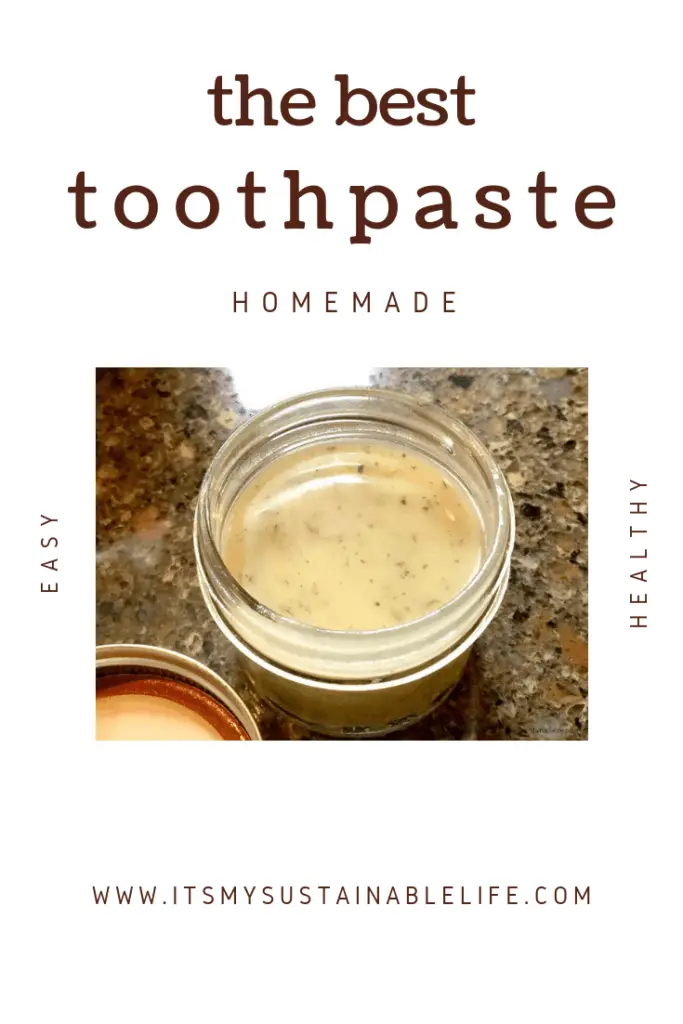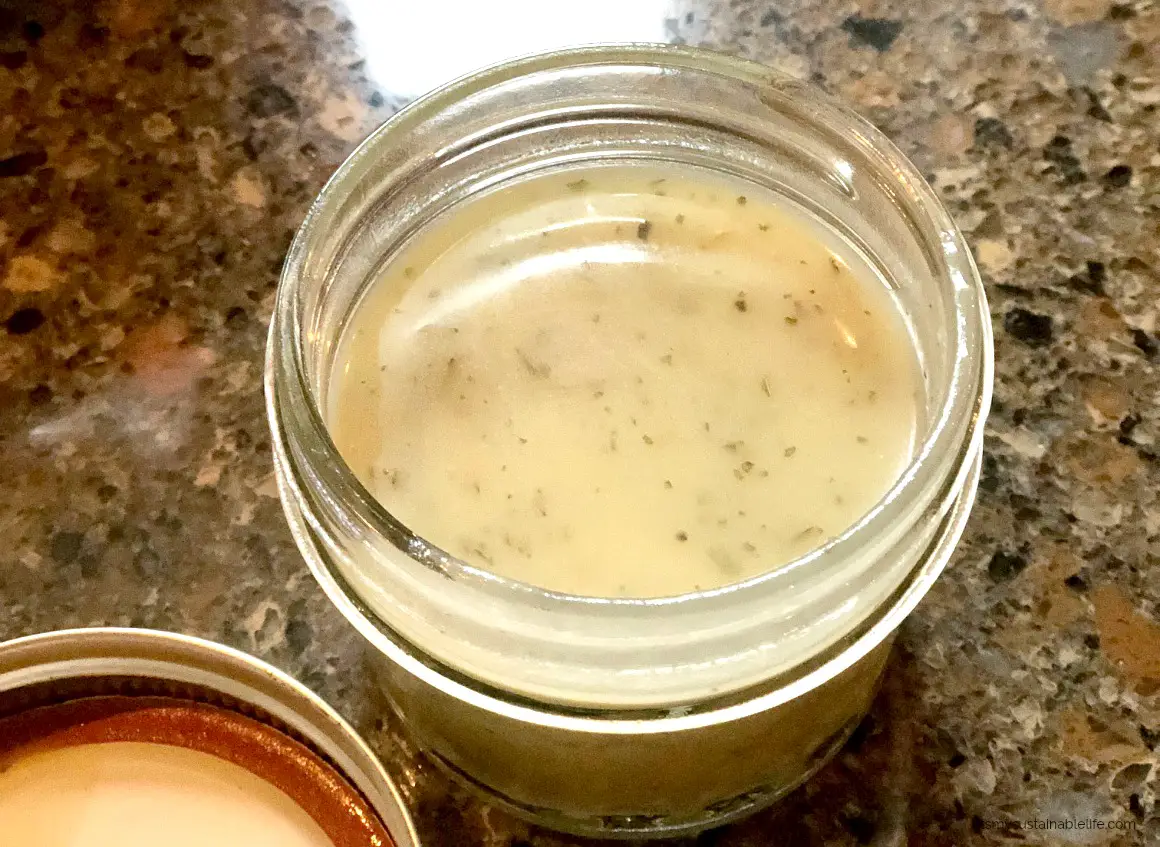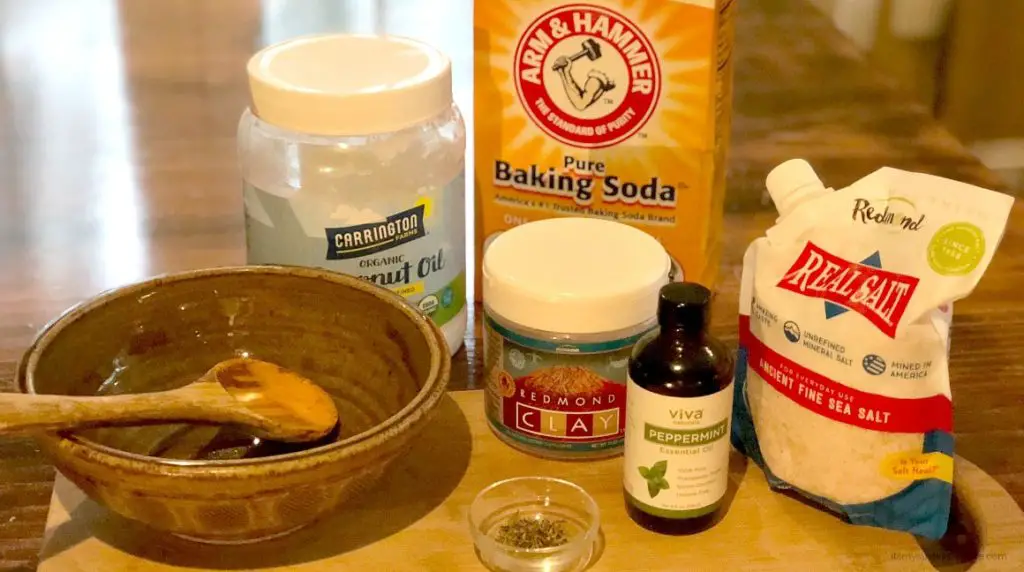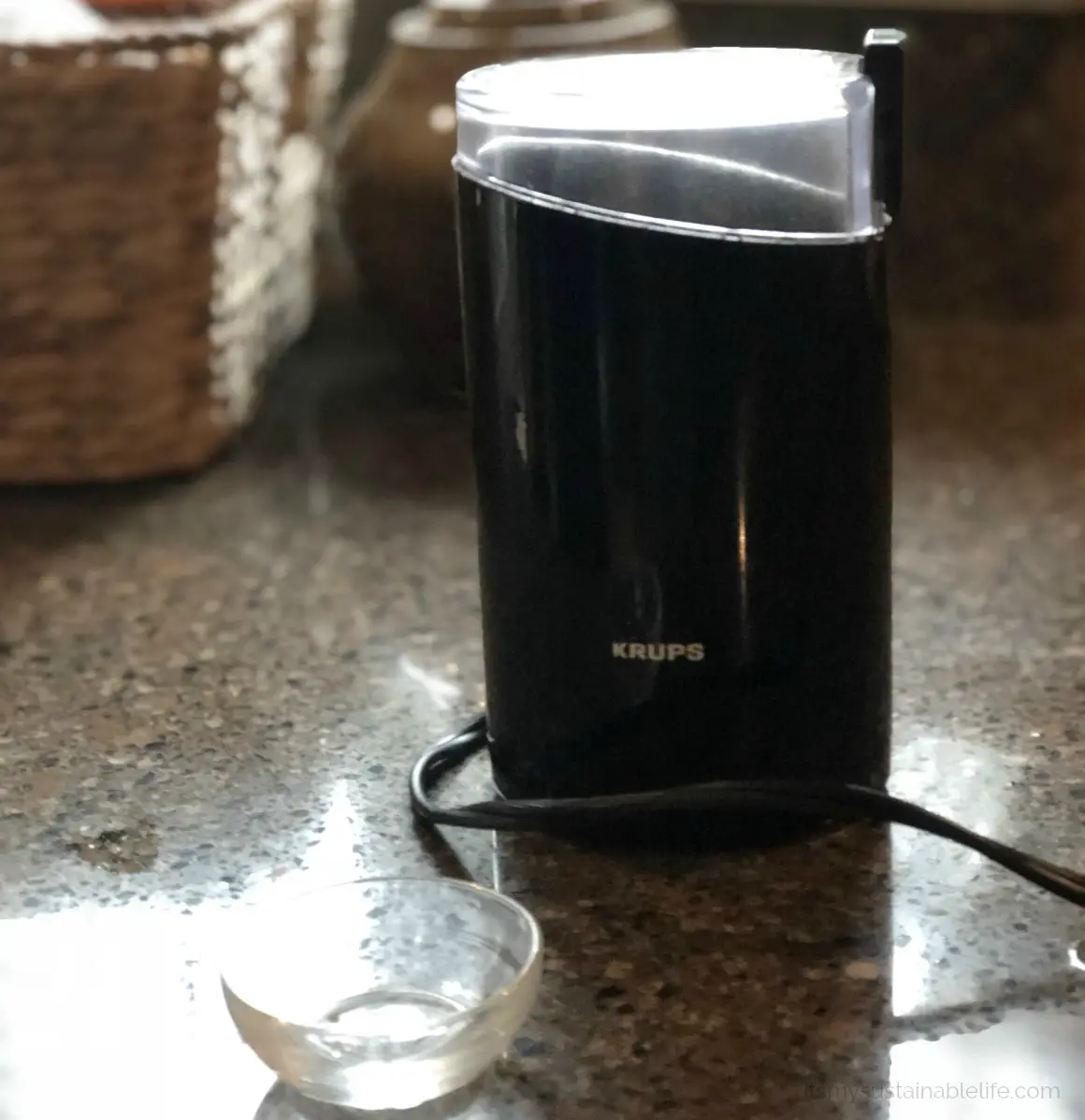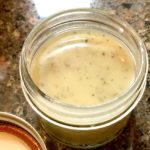In our efforts to become more sustainable and eco-friendly, I have been making our own homemade toiletries for the last few years. This includes our toothpaste. After researching the harmful effects of traditional storebought toothpaste, I wanted a homemade toothpaste recipe that was not only a healthy one but also an effective, whitening, and refreshing one. This homemade toothpaste recipe with coconut oil and bentonite clay met the challenge!
This article may contain affiliate links. I may receive compensation from any of the links utilized at no additional expense to you. Please refer to my Privacy & Disclosures. All recommendations expressed are my own.
So what’s the matter with conventional toothpaste? For me, the initial warning was reading the label. In 1997 the FDA added a warning label that is listed on all tubes of conventional paste and reads as follows:
“Keep out of reach of children under 6 years of age. If you accidentally swallow more than used for brushing, seek professional help or contact a poison control center immediately.”
Hello! Danger Will Robinson. My research began. Why was such a label posted on something that is used regularly (normally at least twice a day) by adults as well as children? What ingredient warranted such a warning? How was that ingredient harmful?
FINDINGS
Why the warning? Because over 95% of toothpaste manufactured in America contain fluoride. In recent years there have been an increasing amount of studies on the adverse effects of fluoride toxicity. One such study leading to the result that it is considered a neurotoxin. Another study was conducted from Harvard School of Public Health and China Medical University in Shenyang. They combined 27 studies and found the following:
“strong indications that flouride may adversely affect cognitive development in children” as well as “neurotoxicity in adults, and negative impacts on memory”.
Other major risks of overexposure to fluoride include dental and skeletal fluorosis, thyroid, and neurological issues. According to an article in The Medical News Today, there is evidence that fluoride may contribute to such issues as cardiovascular problems, high blood pressure, reproductive issues, conditions affecting the bones and joints including osteoarthritis.
WHERE IS FLUORIDE FOUND?
Fluoride can be found in foods and naturally in soil and water. It is now produced synthetically for use in our drinking water, toothpaste and mouthwashes and many other chemical products. A detailed list of where fluoride can be found can be located here. I was amazed at the wide variety of places fluoride is found, thus increasing our exposure unknowingly.
WHY DID I CHOOSE THIS RECIPE?
I chose this recipe for several reasons. The main and most important are as follows:
- Xylitol
Most of the homemade recipes out there recommend using xylitol. I prefer not to use xylitol for many reasons, but the main one for me is the process of how it is made. Dr. Josh Axe has a great article, “Xylitol Side Effects: Safe or Dangerous?” that you should check out if questioning xylitol.
- Glycerin
Glycerin can be found in most toothpaste today. This is the ingredient that makes a smooth toothpaste and holds it together. Glycerin also inhibits the remineralization of teeth.
- Bentonite Clay
Never heard of bentonite clay? This clay, formed from the ash created by volcanoes, is also known as montmorillonite. It has been used for centuries in detoxifying the body and is often referred to as “healing clay”. This clay works like an electrical magnet removing heavy metals and toxins from the body. In addition to removing toxins, this clay is comprised of an abundance of minerals, including calcium, magnesium, silica, sodium, copper, iron and potassium. A great article by goes into detail about the healthy benefits of using bentonite clay.
GREAT READS
I’ve come across a couple of great resources/reads for dental health research.
Dr. Weston Price, DDS, a Canadian dentist well known for his research and theories on the relationships between dental health, nutrition, and physical health.
A great read that goes into how to “remineralize teeth, eliminate tooth pain or sensitivity, avoid root canals, and stop cavities” based largely on the research of Dr. Weston Price, DDS.
Whew! After all the why’s let’s finally get to the recipe and how-tos!
GATHER INGREDIENTS
This recipe is an easy make. The first step in any recipe is gathering your ingredients.
You will need the following:
- A bowl
- Wooden Spoon
- Organic Coconut Oil – Virgin/Unrefined
Coconut oil is naturally anti-fungal as well as anti-bacterial. This will create the paste-like texture for the toothpaste as well as serving as a whitener for the teeth.
Also acts as a whitener for the teeth and contains minerals as well as having alkalinity.
Contains potassium as well as 60 other trace minerals.
Actively helps to remove toxins and heavy metals from the body when in contact with water.
Adds a touch of natural sweetness to the paste. NOTE: I use dried organic stevia and grind myself to a fine powder-like form. It lasts forever and is very reasonable to purchase. Many liquid forms of Stevia will contain glycerin which I refrain from using.
A natural antibacterial product refreshes the breath and inhibits bad breath. Other essential oils you may like to try are Tea Tree, Clove, or Cinnamon.
PUT IT TOGETHER
First, grind your stevia leaf to as fine a powder form as possible. I take the 1/2 tsp of stevia leaf and place in my Krups coffee and spice grinder.
Pulse until the desired consistency you like. Add the stevia along with the coconut oil, baking soda, real salt, bentonite clay and essential oil in a non-metal mixing bowl. Mix to a paste-like consistency with a wooden spoon only.
There seems to be a lot of different thoughts as to whether metal effects bentonite clay or not. Some believe that when metal (metals carry a 100% positive charge) comes into contact with the clay that the clay will be somewhat compromised in its efficacy (clay being negatively charged). I am no scientist for sure, but as a precaution, I use only non-metal utensils and bowls when making.
I like to store my paste in a clear glass jar. This paste will last about a month with two people using it. Love for you to give it a try and let me know your thoughts!
Be Sure to subscribe to stay up to date with all of my tips, recipes and how-to’s!
Love N’ Light
Suzan
The Best Homemade Toothpaste
Ingredients
- 1/4 + 2 Tbl Coconut Oil
- 1/4 Cup Baking Soda
- 1/2 tsp Real Salt
- 1 tsp Bentonite Clay
- 1/2 tsp Stevia
- Peppermint Essential Oil or your favorite
Instructions
- Mix all ingredients together in a non-metal bowl. Store in container of your choice.
FDA DISCLAIMER
Recommendations and or suggestions made by this blog regarding husbandry and or herbal remedies etc. are not meant to replace solid advice from qualified professionals. None of the information on this blog has been evaluated by the FDA. Products or remedies mentioned are not intended to diagnose, treat, cure or prevent disease. Please do your due diligence. Research, talk to qualified professionals and proceed at your own risk.
